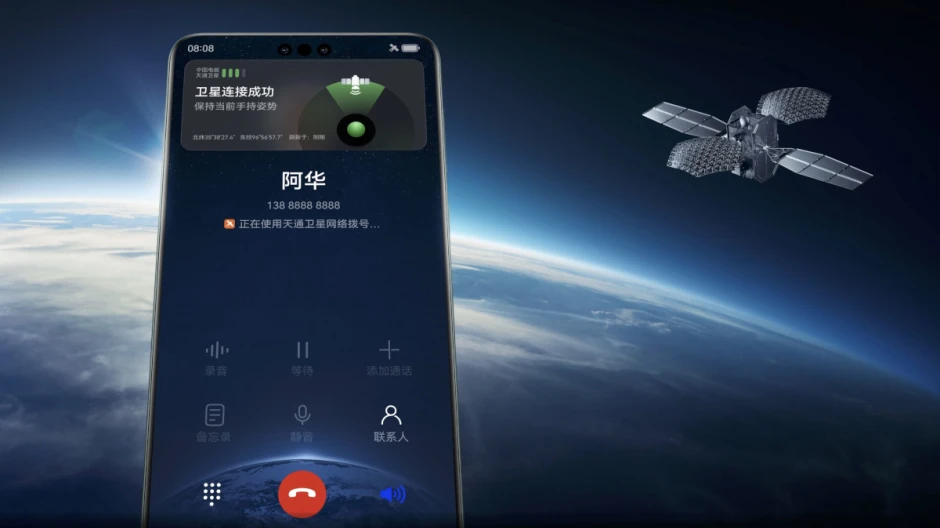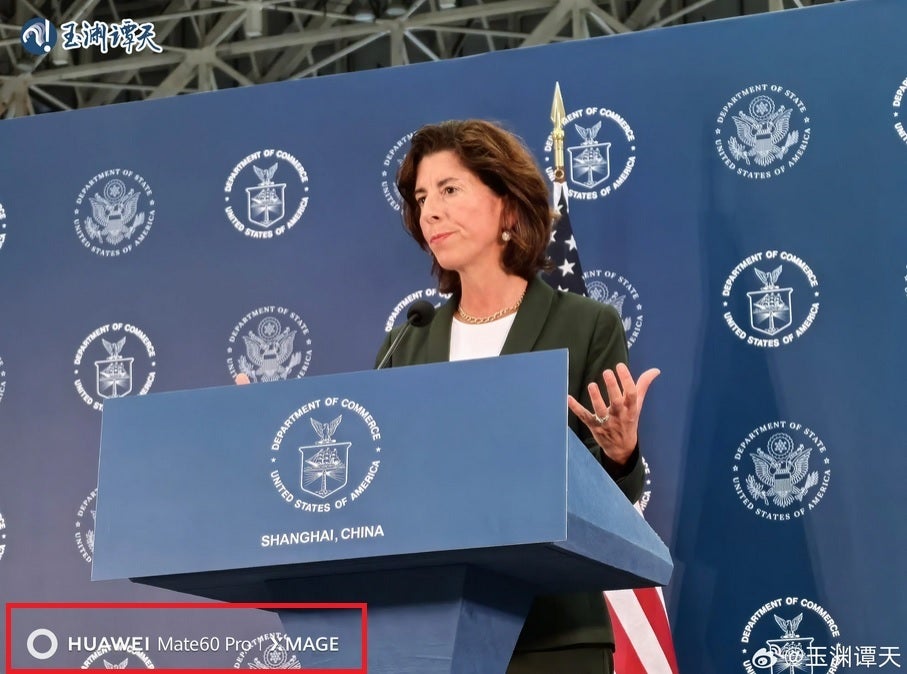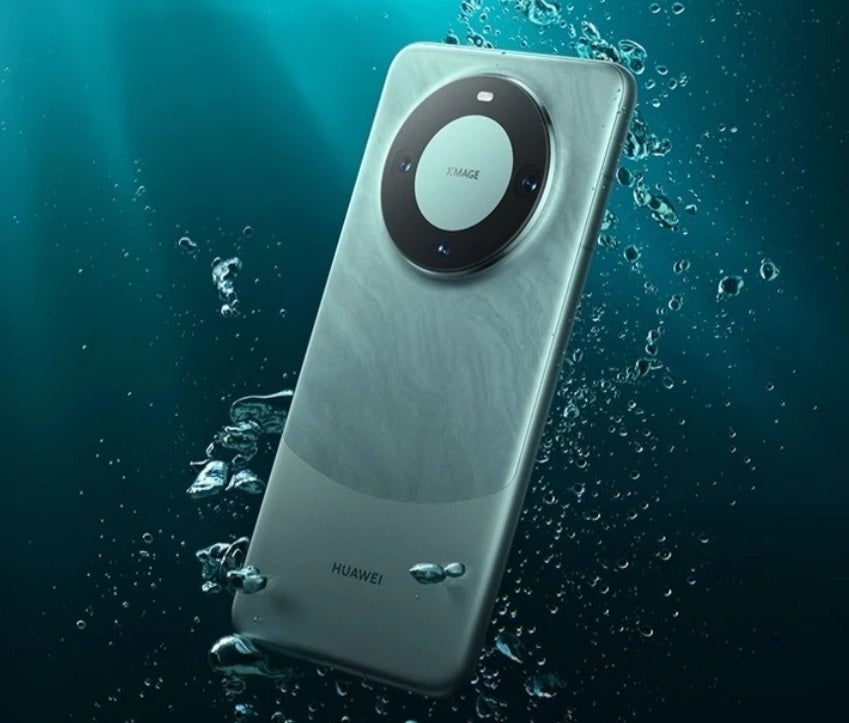Demand is strong for Huawei’s first 5G phone in nearly three years

New batch of Mate 60 Pro handsets was heading to Vmall Monday evening
According to the Soth China Morning Post (SCMP), the new phone was originally listed on Huawei’s e-commerce site Vmall and its physical flagship store in Shenzhen. Soon, they were available from third-party online outlets such as JD.com, and Taobao, and from bricks-and-mortar locations. As of today, the Mate 60 Pro was sold out on Vmall, JD.com and Taobao. Vmall was getting set to receive another shipment of the phone Monday evening.

Photo posted on Weibo was snapped by the Huawei Mate 60 Pro according to the watermark
Ivan Lam, a Hong Kong-based senior analyst with market consultancy Counterpoint Research, said that as long as Huawei can get its hands on enough phones, sales should top those tallied by the Mate 50 series. Lam told clients, “If supplies [go] smoothly, sales should be higher than the previous version [of the Mate series].” Since last year’s series sold 7 million to 9 million units, the analyst is saying that the Mate 60 Pro should tally at least 7 million in sales.
The Mate 60 Pro is powered by the Kirin 9000s which does support 5G. It also will make satellite calls in areas without cellular connectivity. It is believed that China’s leading foundry, SMIC, manufactured the Kirin 9000s using existing equipment that didn’t violate U.S. export rules. These rules prevent Huawei from receiving cutting-edge chips produced by foundries using American equipment.
Previous Huawei flagship models could not access 5G signals because they used Qualcomm chips that were tweaked not to work with 5G. Some accessory manufacturers sold cases for the Mate 50 and P60 lines that would allow these flagship models to connect to a 5G signal. But if SMIC can produce 5G chips for Huawei, this is big news indeed.
Huawei is expected to build a stockpile of at least 15 million Mate 60 series handsets. Arthur Guo Tianxiang, an analyst with market researcher IDC, cited supply chain sources when he said that more orders could be placed for the line if there is sustained consumer interest. Even before the Mate 60 Pro was announced, Huawei had made it back to the list of the top five smartphone shippers in China after delivering 14.3 million handsets in the first half of this year.
The Kirin 9000s chipset is capable but not cutting-edge
IDC’s Guo added that Huawei “basically weathered through external restrictions in the past few years and is set to become extremely competitive in the premium segment of the market this year.” Chris Miller, a professor at Tufts University and author of the book “Chip War” writes, “This shows that Chinese companies like Huawei still have plenty of capability to innovate. I think it will also probably intensify debate in Washington on whether restrictions are to be tightened.”

The Huawei Mate 60 Pro could tally 7 million units in sales and more
Some analysts believe that the U.S. government will respond by tightening its restrictions against Huawei even more. But if SMIC can create 7nm SoCs without using an extreme ultraviolet lithography machine (EUV), which is made by one Dutch company (ASML) but is prohibited from being shipped into China, we can’t imagine what more can be done to keep Huawei from finding ways to get around U.S. restrictions.
Just to be clear, the Kirin 9000s chip is not close to cutting-edge technology compared to what TSMC, and Samsung Foundry are rolling off the assembly lines. Still, Huawei reportedly has some patent applications related to EUV lithography that might make a difference. Look, every time the U.S. thought it had Huawei down for the count, the company came up big. When it comes to smartphone innovation, you don’t want to be betting against Huawei.